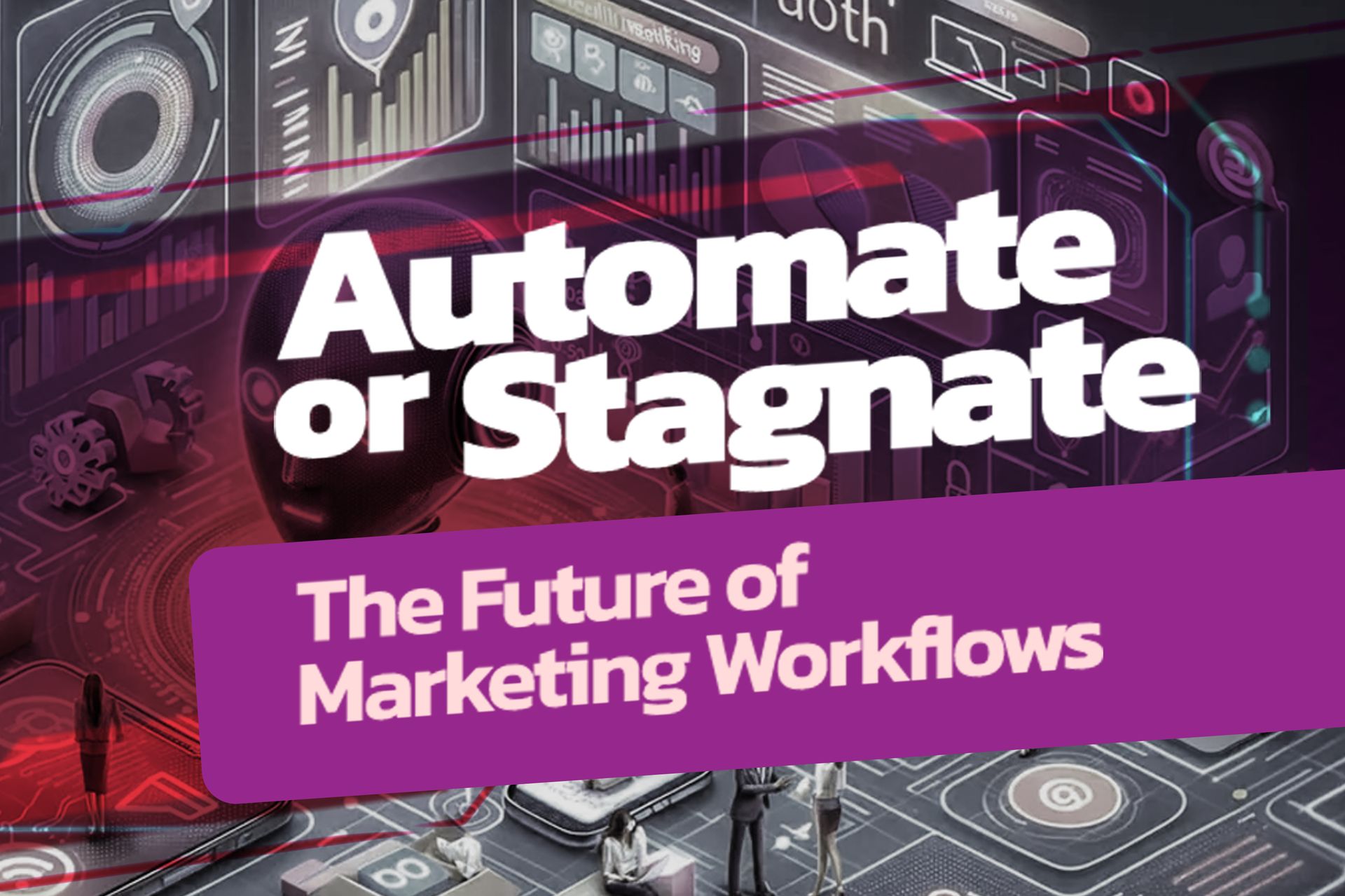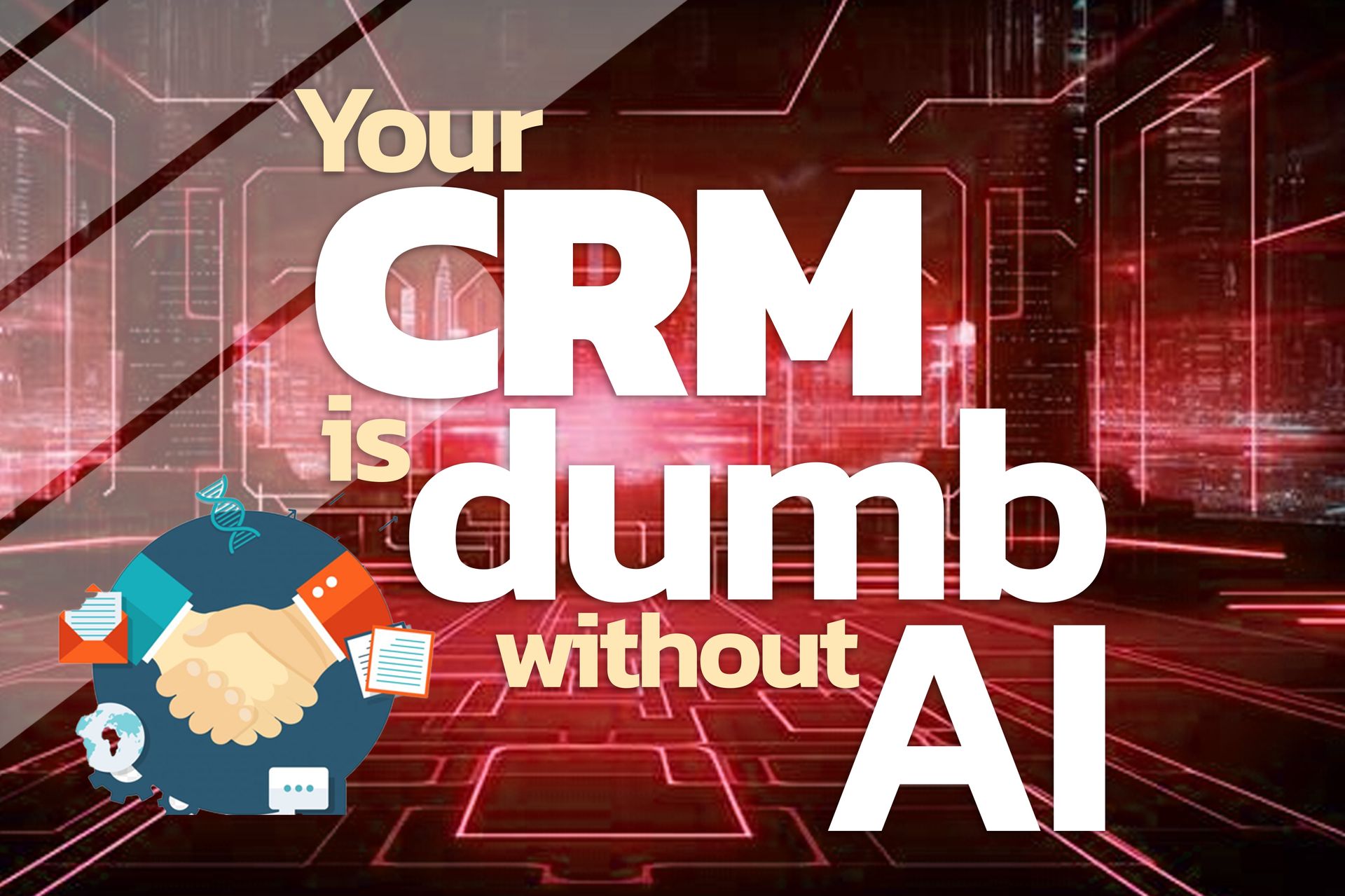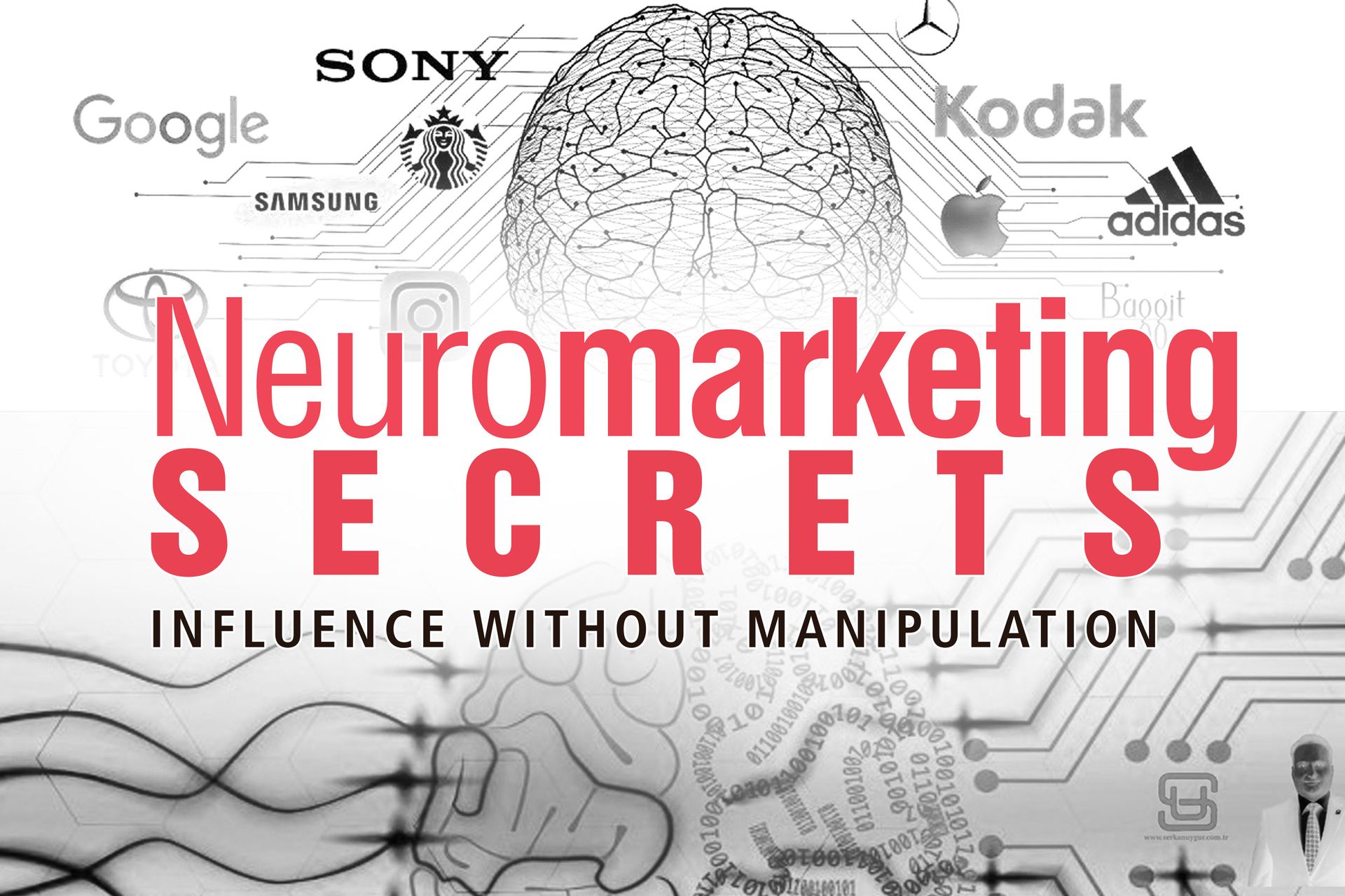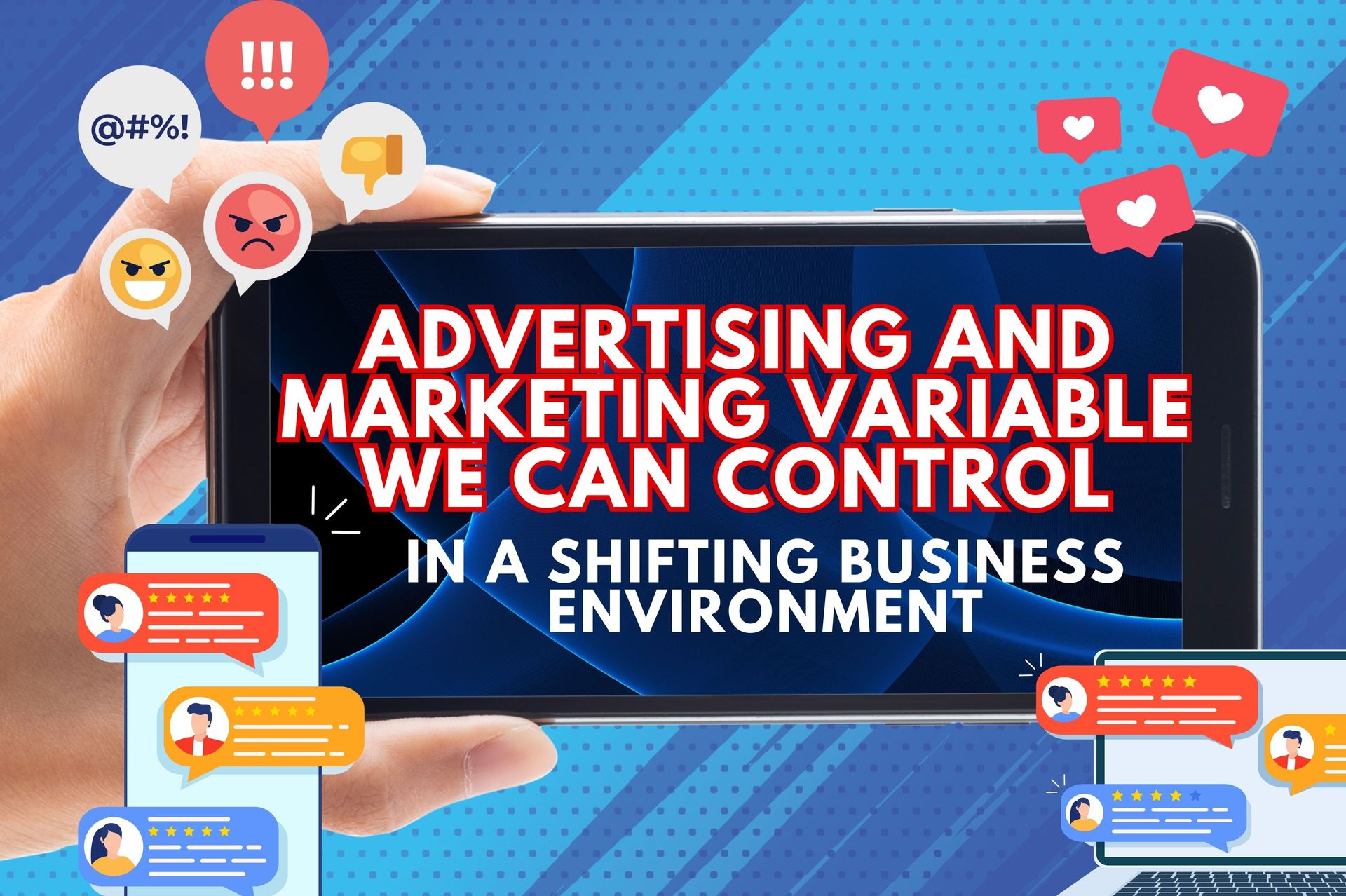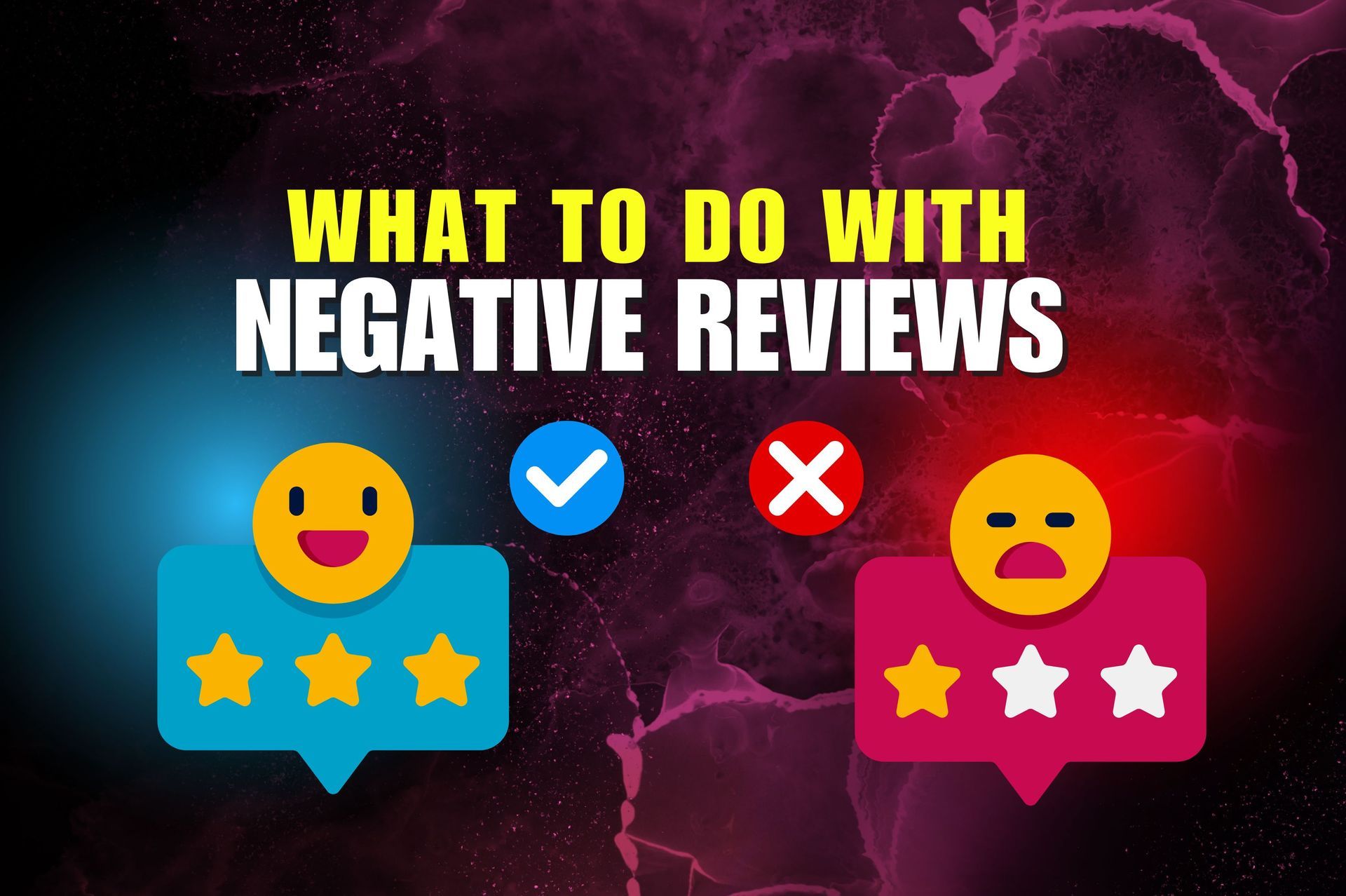Tricks to Using Automation
Zack Greenfield • September 29, 2022
I have spent an incredible amount of time working on automations here at our agency as they relate to workflow. Automations are so important in your business, so I'm gonna dig into exactly what we were up to, and share with you what I learned about automating processes in your business.
One of the coolest things about the day and age that we live in is software is developed and come along so far that it gives us a great opportunity to systemize or automate processes in our business. And let me say though, while I, that part is, you know, borderline magic. Now automation oftentimes includes, you know, human beings and human labor and human steps in the process. And that could take the form of specific repetitive tasks, even scripted responses or scripted phone calls or scripted customer interactions, right? Or, uh, employee filling out a form is a potential step within an automation that would involve a human, but is a standardized repetitive process, right? Or repeatable process, right? Because it, you know, fits the data into the form and then things carry on from there. So don't think of automations necessarily as meaning. No, humans are involved.
A lot of times we work to reduce human labor in the workflow and that can be ideal from a cost saving standpoint and from managing errors and reducing, you know, quality, you know, quality fallout. So you can raise your quality in many cases by, you know, eliminating potential areas where you could have human error. So there's a little bit of give and take there, but by no means does automation mean no human beings? Okay? Cause that's rare. However, I wanna share with you what we've been going through. One of the things that you know, marketing involves is hundreds of little tasks that have to be managed. And oftentimes a dozen or more people working on all these tasks. So if you think about it in your mind, to get one big campaign out and going, or one big website project or one, anything like that, there's a lot of people involved and there's a lot of workflows involved.
And that's one of the things that we've been, you know, zeroing in on and doing a better job of here, which is important. But what we've learned applies to all businesses. So here's what we've had to do one thing, and the first step is to really look at what the process is and how to identify the exact steps and then really be honest with yourself. Is the way that you're doing things ideal? Or is it just sort of what you ended up with, right? And in some cases, the steps that we were taking were not ideal, right? And that's a time to say, Okay, how can we do it better? What tools do we need to do things better? What could, you know, what ways could be more efficient and also more accurate with our work? The goal of which is to have these processes and whatever they are, they could be onboarding a customer for you.
They could be making a sandwich in a certain way, you know, at your sandwich shop. They could be how you line up your merchandise and inventory in your store. Or they could be workflows in your e-com store. Like how do you create a product? How do you do a hundred new products in your e-com store? There are steps involved to that, right? To set all that up. So the first thing to do is involve, is to identify all those steps and then iron out the kinks in that whole thing and try to get it down to the most ideal scenario. Document that. And the way I document that is I actually draw here on my touchscreen with the stylist, kind of draw the whole process out, and then get yourself an awesome project management tool that can be the backbone of tracking all of that.
That's a really important step, is to track the process that you're going through so that at any given moment you understand the status of that project, right? And also the cool thing about that is it keeps all the people involved really accountable, right? Cuz you're kind of shining daylight on everything. And I think that's important, The last benefit of doing this and really spending time on this stuff. And it is hard to break away from just the normal, you know, onslaught of business every day and circle back and kind of what I say do housekeeping isn't always the most fun, but I can't even begin to stress with you how much of an awesome that investment that is in your future and how much peace and productivity it can bring to your life. Now the last benefit of course is that any defined process and great businesses have repetitive processes, right?
If the process is giving you an output that is not ideal, then instead of just trying to do it better, you actually have a workflow that you can analyze to adjust the quality and results that you're getting. So you actually have something that you can manage if you don't have a workflow and a process and a repetitive map, like say blueprint if you will. And there's a lot of words you can use if you don't have that, you can't really measure or understand why you're getting any results because you just, there's just no disconnect. There's nowhere to go to figure it out if you haven't laid that all down. So if you're getting results that you're not happy with, the best thing to do is start looking at the workflow. Cuz that's usually what's broken. And looking at the people that are involved and what kind of boundaries they have and how they're interfacing and how their work is working together.
You know how their team structure is. So there's a lot of cool stuff of that. But that's really the core in many ways of running your business, is to get predictable results that you can manage the process of to tweak and optimize your results, right? And just get into that flow. So I can't say enough about it. I really hope that you will make time to do that in your business because that's the difference between you having a business, which just quick to define that as we leave this video, is a system that makes money, right? A business is not a job. A business is a system that makes money. And your o, your job as a business owner is to build the system. That's your job. Not do all the things, Your job is to build the system.


